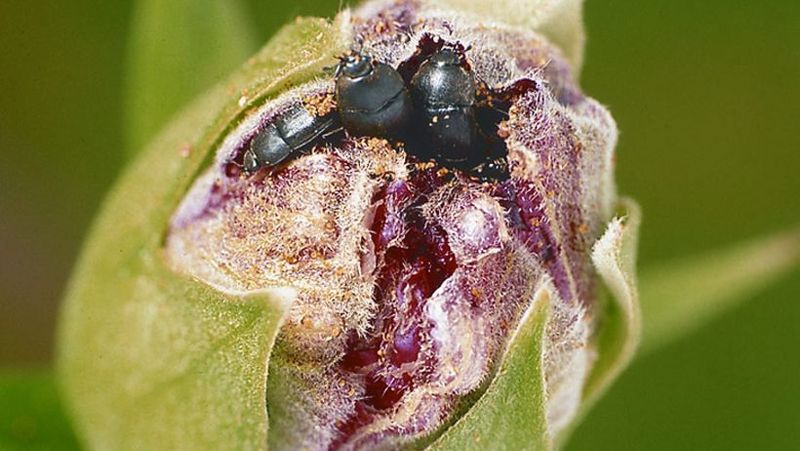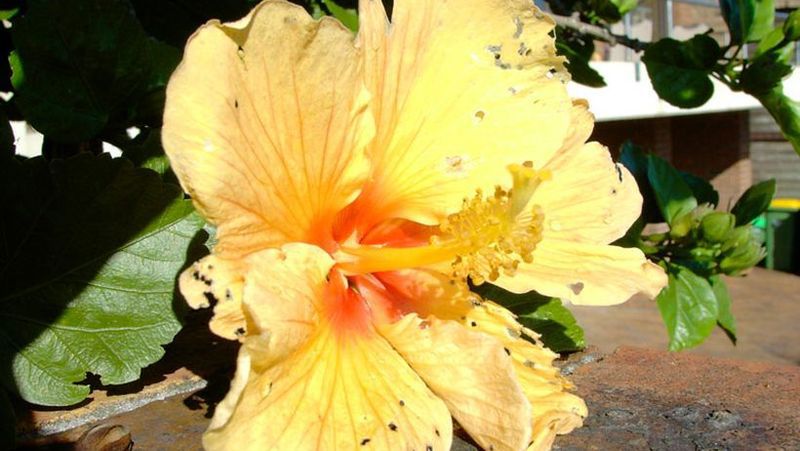Yates Account
Join now
Create a Yates account today!
Sign up to join the Yates Garden Club for monthly e-mails packed with seasonal inspiration, tips for success & exclusive promotions.
Plus if you’re a Garden Club member you can take part in the Yates Growing Community - a blog to share successes, get advice & win prizes in fun challenges along the way!

Forgot password
Enter the email address associated with your account, and we'll email you a new password.
Aethina concolor

What are Hibiscus Flower Beetles?
Hibiscus flower beetles are oval in shape, black or dark brown and around 3mm in size.
They generally hide in the folds of flowers. Hibiscus beetle chews holes in both the flowers and foliage of hibiscus, related plants like abutilon and also roses and dahlias. Tattered foliage and flowers aren't just unsightly, they can be very damaging and stressful to the target plants.
How to protect your plants against Hibiscus Flower Beetles
The beetles are active during flowering periods and can produce many generations each year.
The beetles prefer pale-coloured or white flowers over the brighter colours. If you find beetles, remove the flowers from the tree and dispose of them. Give plants a regular feed with Yates Thrive Natural Roses Flowers Organic Based Pelletised Plant Food to assist with future flower production, plus reduce the overall stress on the plant.
As an organic control, make a trap by setting out a few empty white or yellow ice cream containers, place them underneath affected plants, then half-fill with soapy water. Check your traps every few days or so, empty, and refill.
Symptoms
Affected flowers will open with holes already chewed. Foliage can also show signs of damage. Healthy plants can respond to the hibiscus beetle by prematurely dropping damaged flower buds, so if you notice flowers falling off early, it's wise to check for beetles.
Plants Impacted
- Hibiscus
- Abutilon
- Roses
- Dahlias















Share
Share this article on social media